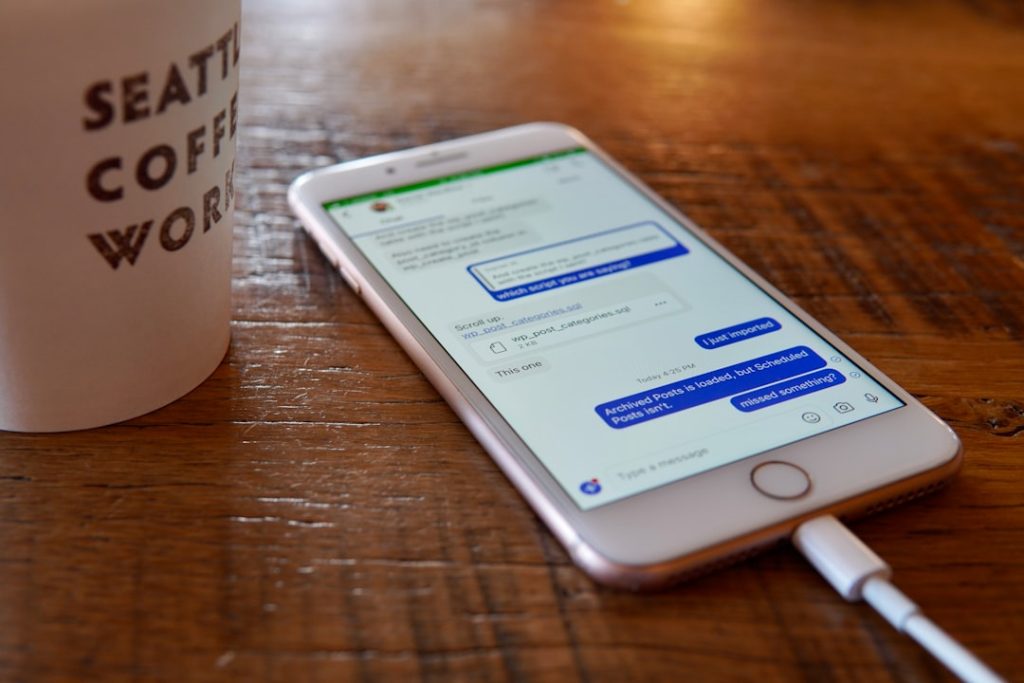Chatbots aren’t just for big corporations anymore. Small businesses can harness the power of these digital assistants to boost their marketing efforts. Let’s explore some ways chatbots can help your small business thrive.
What is a Chatbot Anyway?
Simply put, a chatbot is a computer program that simulates conversation with humans. They can answer questions, provide information, and even complete tasks. Think of them as virtual assistants that work 24/7.
Why Should a Small Business Care?
Time and resources are precious when you’re running a small business. Chatbots can free up your staff to focus on higher-level tasks while still providing excellent customer service and marketing support.
How Chatbots Can Supercharge Your Marketing
Lead Generation
Chatbots can capture leads by engaging website visitors in conversation. They can ask qualifying questions and collect contact information, feeding your sales funnel with potential customers.
Improved Customer Service
A chatbot can answer frequently asked questions instantly, reducing wait times and improving customer satisfaction. Happy customers are more likely to become repeat customers and recommend your business to others.
Personalized Recommendations
Based on customer interactions, chatbots can offer personalized product or service recommendations, increasing the likelihood of a sale. It’s like having a virtual salesperson who knows each customer’s preferences.
Content Distribution
Chatbots can deliver relevant content, such as blog posts, articles, or videos, directly to customers, keeping them engaged and informed about your business.
Promotions and Offers
Chatbots can announce special promotions, discounts, or new product launches to a targeted audience, driving sales and increasing brand awareness.
Collecting Feedback
Chatbots can gather customer feedback through surveys and polls, providing valuable insights into what you’re doing well and where you can improve.
Examples in Action
Imagine a local bakery using a chatbot on its website. Customers can ask about ingredients, allergy information, or place custom orders. The chatbot handles these routine inquiries, freeing up the bakers to focus on creating delicious treats.
Or consider a small clothing boutique using a chatbot on Facebook Messenger. Customers can ask about available sizes, colors, and styles. The chatbot can even send pictures of items and provide styling advice, creating a personalized shopping experience.
Getting Started with Chatbots
There are many chatbot platforms available, some are free while others require subscriptions. Some popular options include:
- ManyChat
- Chatfuel
- Dialogflow
- Tidio
Choose a platform that fits your budget and technical expertise. Start small by automating simple tasks and gradually expand your chatbot’s capabilities as you become more comfortable.
Potential Challenges
While chatbots offer many benefits, there are also some potential challenges to consider:
- Initial setup: Creating a chatbot requires time and effort.
- Maintenance: You’ll need to regularly update your chatbot’s knowledge base to ensure it provides accurate information.
- Limited understanding: Chatbots may struggle with complex or nuanced questions. Make sure there’s a way for customers to connect with a human agent if needed.
The Future is Conversational
Chatbots are becoming an increasingly important part of the marketing landscape. By embracing this technology, small businesses can improve customer service, generate leads, and ultimately grow their bottom line. So, don’t be afraid to experiment and see how chatbots can transform your business.
